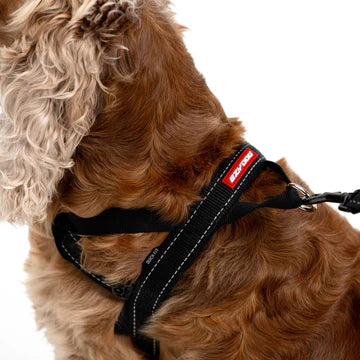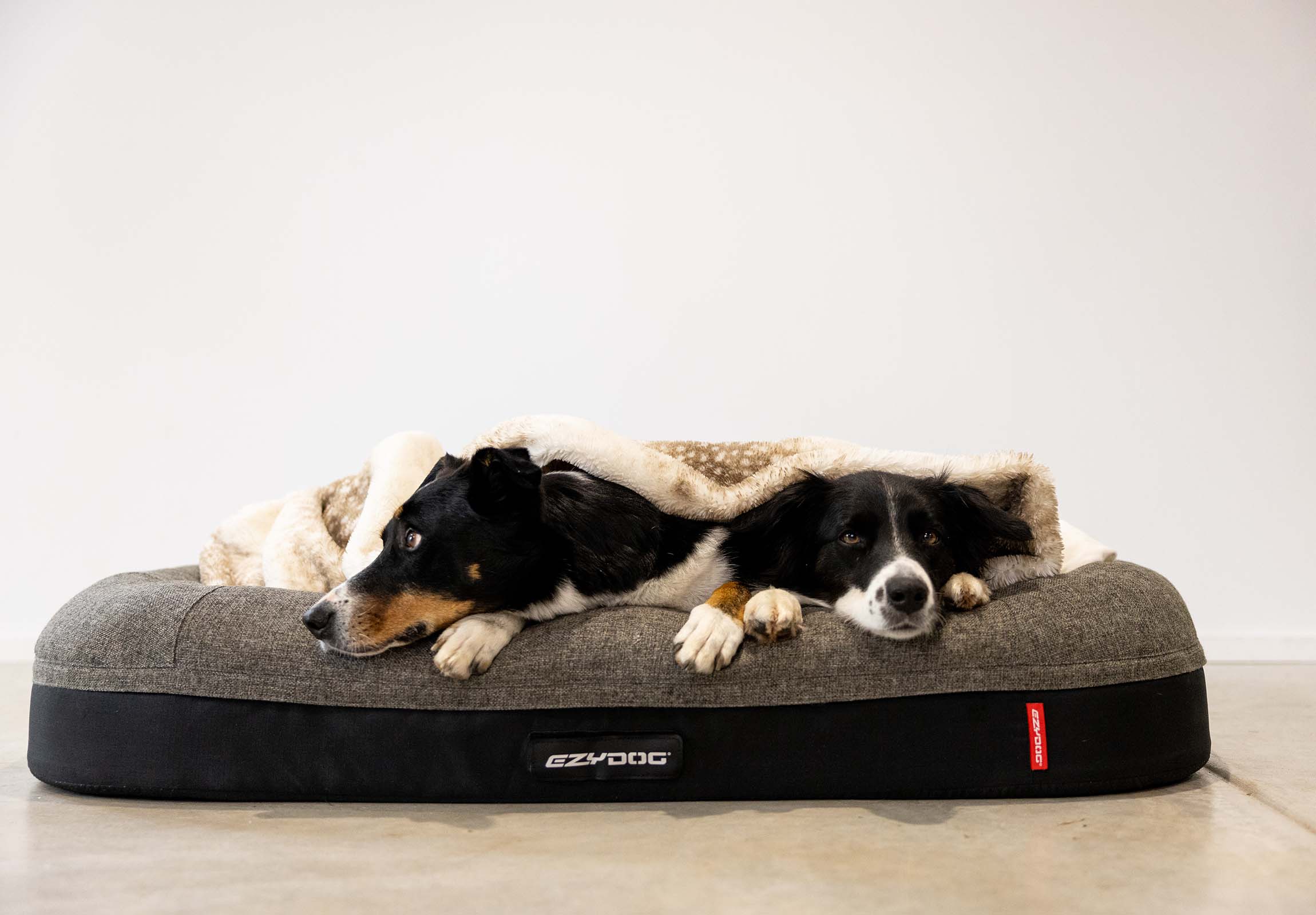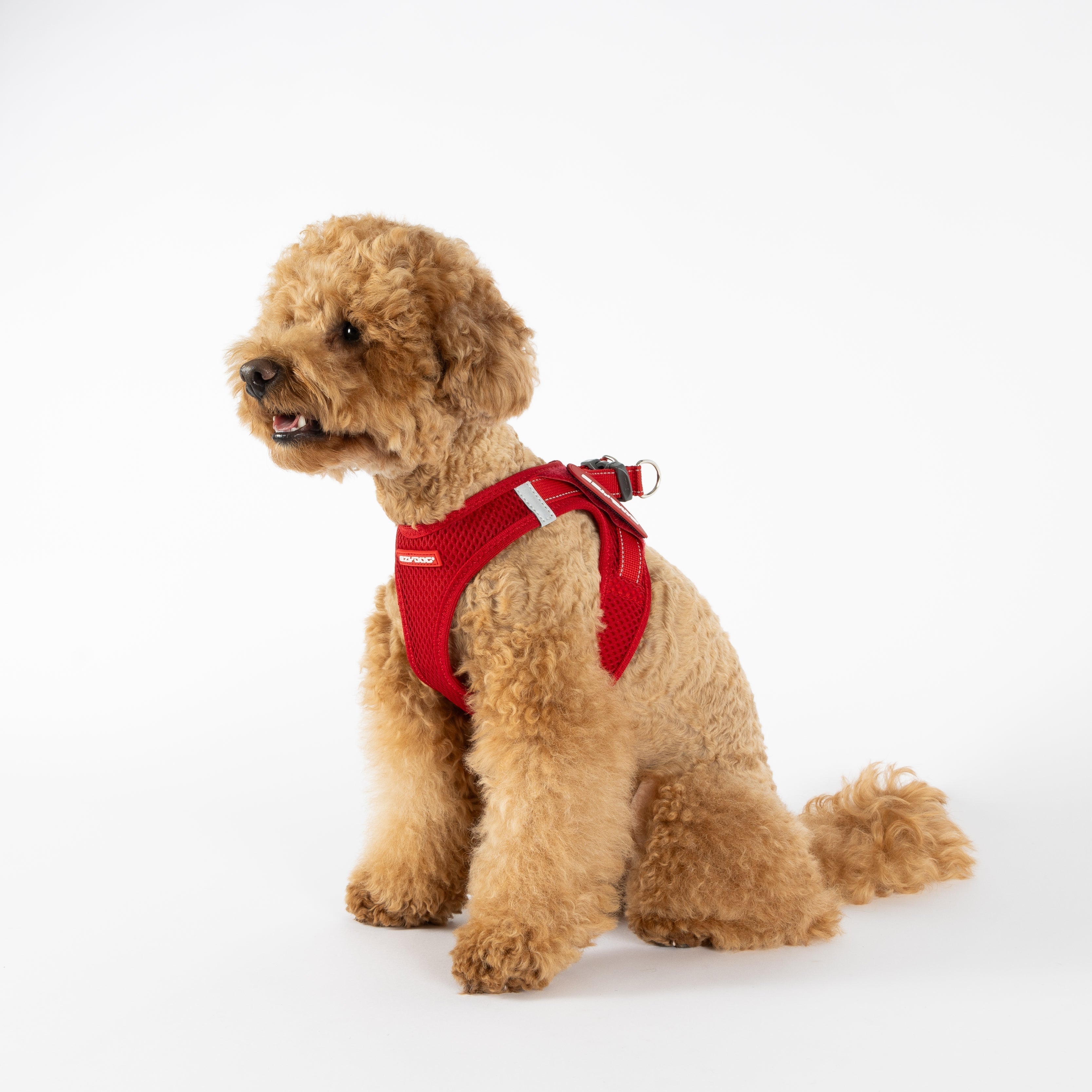
Harness vs. Collar: What’s Best for Your Dog’s Comfort and Safety?
Alright, dog lovers, let’s settle the age-old debate: harness or collar? If you’ve ever wondered which is better for your dog's comfort and safety, you’re in the right place. Whether you’re a new puppy parent or have a seasoned sidekick, finding the perfect gear is essential for happy walks and wagging tails.
The Basics: What’s the Difference?
First things first—what exactly are we dealing with here?
A dog collar is that classic neck accessory your pup probably wears around the clock. It’s great for ID tags, a quick leash hookup, and a dash of style. But if your dog is the type to bolt after a passing bird, you might find that a collar doesn’t always give you the control you need.
On the other hand, a dog harness is like a full-body hug that distributes pressure across the chest and shoulders. It’s perfect for pups who like to pull or need a little extra guidance (looking at you, enthusiastic Labradors!).
Why Choose a Harness?
So, why would you go for a harness instead of a collar? And is a harness better than a collar? Let's break it down.
Comfort and Control: Imagine being led by your neck every time you get excited (ouch!). Harnesses are designed to spread out the pressure, meaning less strain on your dog’s neck and more comfort during those all-important sniffing sessions.
Safety Comes First: For dogs that have a knack for slipping out of their collars or those with delicate throats (hello, Pugs and Frenchies), a harness can be a game-changer. It’s more secure, reduces the risk of injury, and gives you more control over your canine companion—especially if they think every walk is a sprint to the finish line.
Behavioural Benefits: If your dog pulls like they’re training for the next Iditarod, a harness is your new best friend. It discourages pulling by distributing the force across the body rather than concentrating it around the neck, helping to keep those shoulders intact and stress levels low.
Perfect for Puppies: Got a little one still figuring out the whole “walking nicely” thing? You might wonder, is a harness better than a collar for a puppy or if you should choose a collar or harness for a puppy. A harness is fantastic for training. Puppies often have delicate necks, and a harness can prevent any potential damage while teaching them good habits from the get-go.
Why Stick with a Collar?
Don’t count collars out just yet—they’ve got some pretty solid benefits, too.
Convenience is Key: Collars are super easy to put on and take off. They’re ideal for holding ID tags and are perfect for pups who are well-behaved on the leash. If your dog doesn’t pull, tug, or take off like a rocket, a collar might be just what you need.
Great for Training and Identification: If your dog is already a leash-walking pro, a collar is simple and effective. It’s also handy for attaching those all-important ID tags, so your furry friend can always find their way back home if they decide to go on an unexpected solo adventure.
Perfect for Short Walks or Calm Dogs: For dogs who are calm and don’t require much control, collars can be a great, low-maintenance option—ideal for a quick jaunt around the block or a relaxed stroll in the park.
Choosing the Right Fit: Factors to Consider
So, how do you decide between a harness or a collar? It’s all about what works best for your dog’s unique needs. Here are some things to consider:
- Your Dog’s Size and Breed: Smaller dogs, like Chihuahuas or Dachshunds, often benefit from a harness to avoid neck strain. Larger breeds that tend to pull, like Huskies or German Shepherds, also do well with harnesses. Meanwhile, calm, well-trained dogs of any size might find collars just fine.
- Behaviour on Walks: If your dog is a puller, a harness can provide better control and make walks more enjoyable for both of you. If your pup trots along like a perfect angel, a collar could be all you need.
- Age and Training: For puppies learning the ropes, a harness can offer gentle guidance and support. For adult dogs already trained to walk nicely, a collar might be a better fit for day-to-day wear.
When to Use Both: Harness and Collar? Why Not Both?
Why choose when you can have the best of both worlds? In the debate of dog harness vs collar, many dog owners find that using both works wonders. The collar stays on for ID tags and daily wear, while the harness comes out for those longer walks or training sessions where you need a bit more control.
Think of it as your dog’s wardrobe—a collar for casual days and a harness for adventures!
Expert Opinions and Insights
When it comes to deciding between a harness and a collar, many experts agree that the choice should be based on your dog's unique behaviour, size, and overall needs. For instance, some veterinarians suggest using a harness for dogs with respiratory issues or those prone to neck injuries, as harnesses distribute pressure more evenly across the body. According to the Australian Veterinary Association (AVA), harnesses are particularly beneficial for small breeds or dogs with delicate tracheas, like Pugs and French Bulldogs, as they help reduce strain on the neck and prevent injury.
For Smaller Dogs:
If you have a smaller dog or a breed with a sensitive neck, a lightweight harness designed for comfort and support might be ideal. The Formfit Mesh Harness is a great option for small dogs and puppies. Its breathable mesh fabric keeps your dog cool and comfortable while providing gentle, secure control during walks. This kind of harness can help minimise any potential strain on the neck and make walks more enjoyable for both of you.
For Dogs That Pull:
The RSPCA Australia also advises considering a front-attach harness if your dog continues to pull even with consistent reward-based training and a regular harness, collar, and leash. A front-attach harness serves as a gentle training aid, discouraging pulling while still allowing your dog to explore with enthusiasm. The X-Link Harness is an excellent choice for dogs that tend to pull on the leash. Its front and rear attachment points provide versatile control, helping to redirect your dog’s attention and reduce pulling behaviour. It's perfect for maintaining a balanced walk, giving you greater control while keeping your dog comfortable.
Ultimately, experts agree that the key to enjoyable and safe walks lies in finding the right gear for your dog's specific needs and pairing it with consistent training. With the right combination, walking your dog can be the highlight of your day—relaxed, comfortable, and fun!
Conclusion: What’s the Verdict?
At the end of the day, whether you choose a harness or a collar depends on your dog’s individual needs, personality, and your comfort during those all-important walks. Both options have their benefits, and the best choice is what keeps your dog safe, comfortable, and happy.
Ready to find the perfect fit? Explore EzyDog’s range of collars and harnesses and start enjoying those walks without the worry.
Reviewed by Experts
This post has been quality-checked by SEO Expert Niraj Raut to ensure it’s clear, helpful, and accurate, and fact-checked by Ken, a dedicated dog expert and enthusiast, to guarantee reliable information for dog owners.





2 comments
I use of the harness
linda knoll
I use of the harness
linda knoll
Leave a comment
This site is protected by hCaptcha and the hCaptcha Privacy Policy and Terms of Service apply.